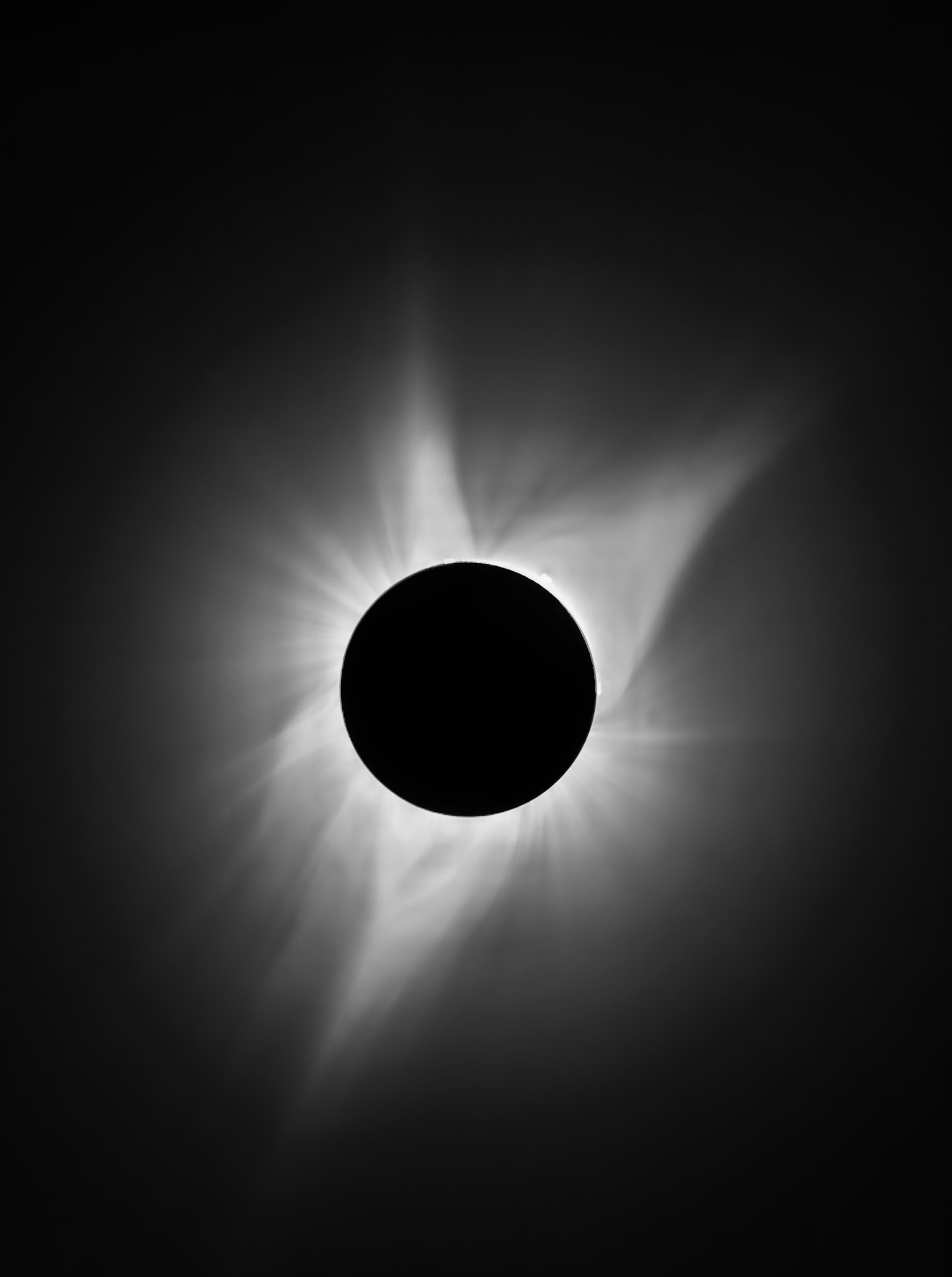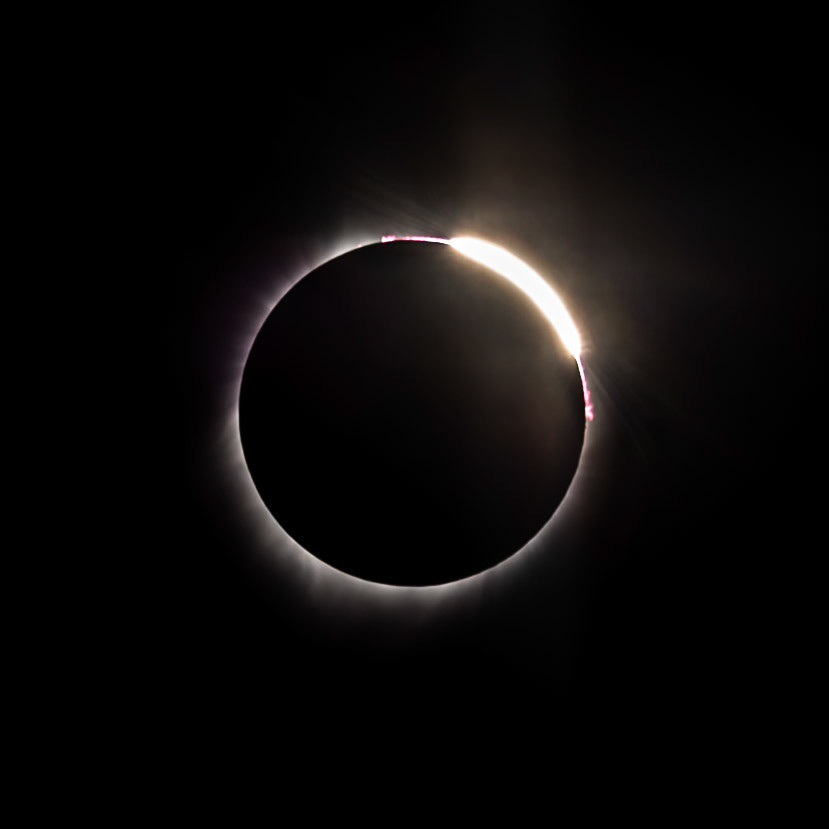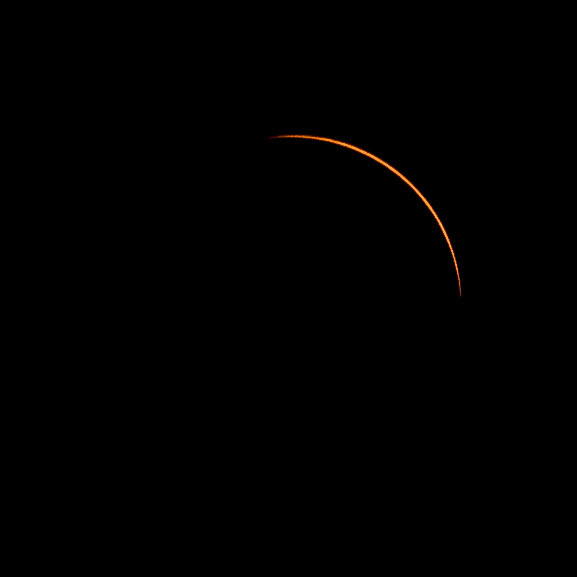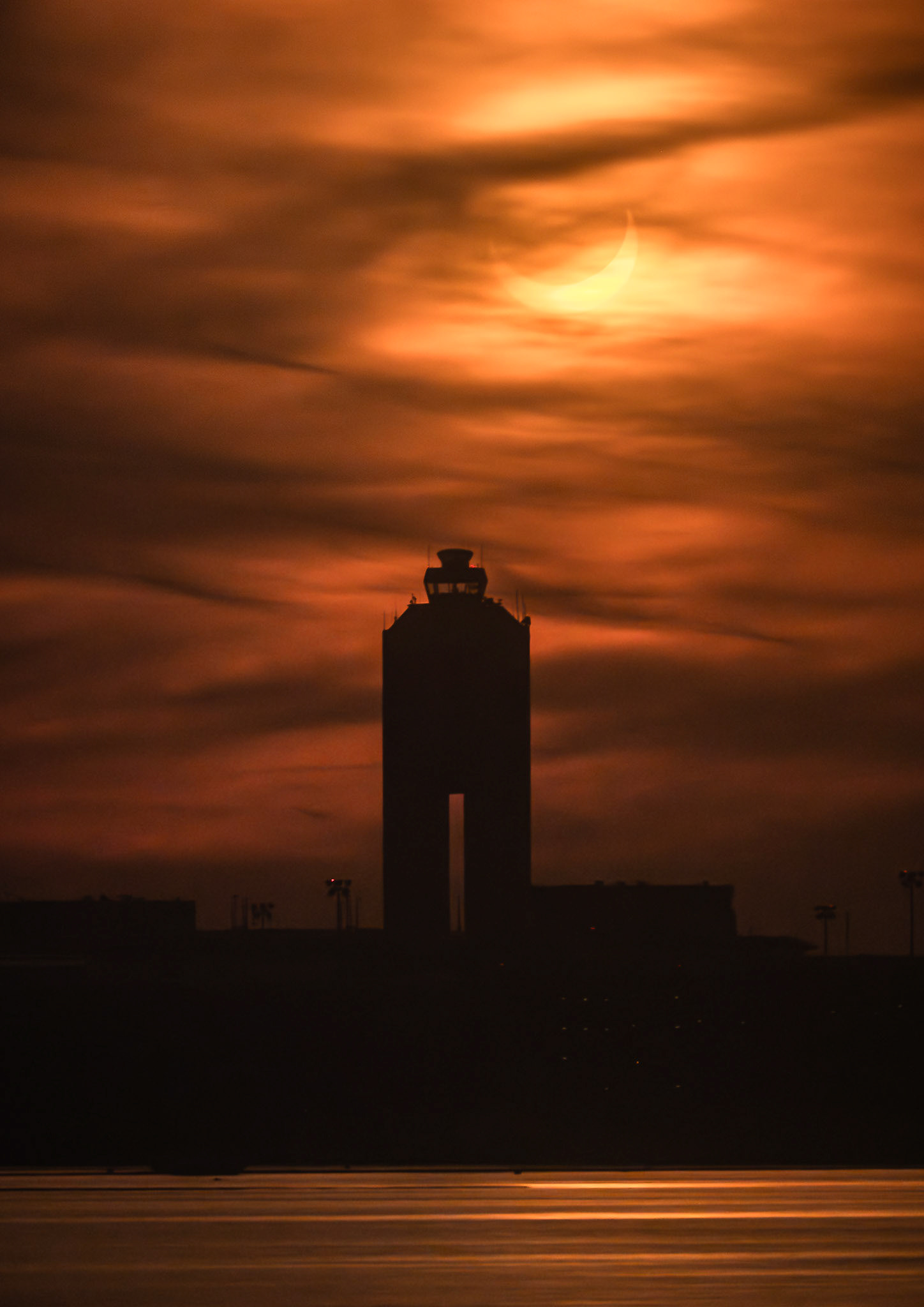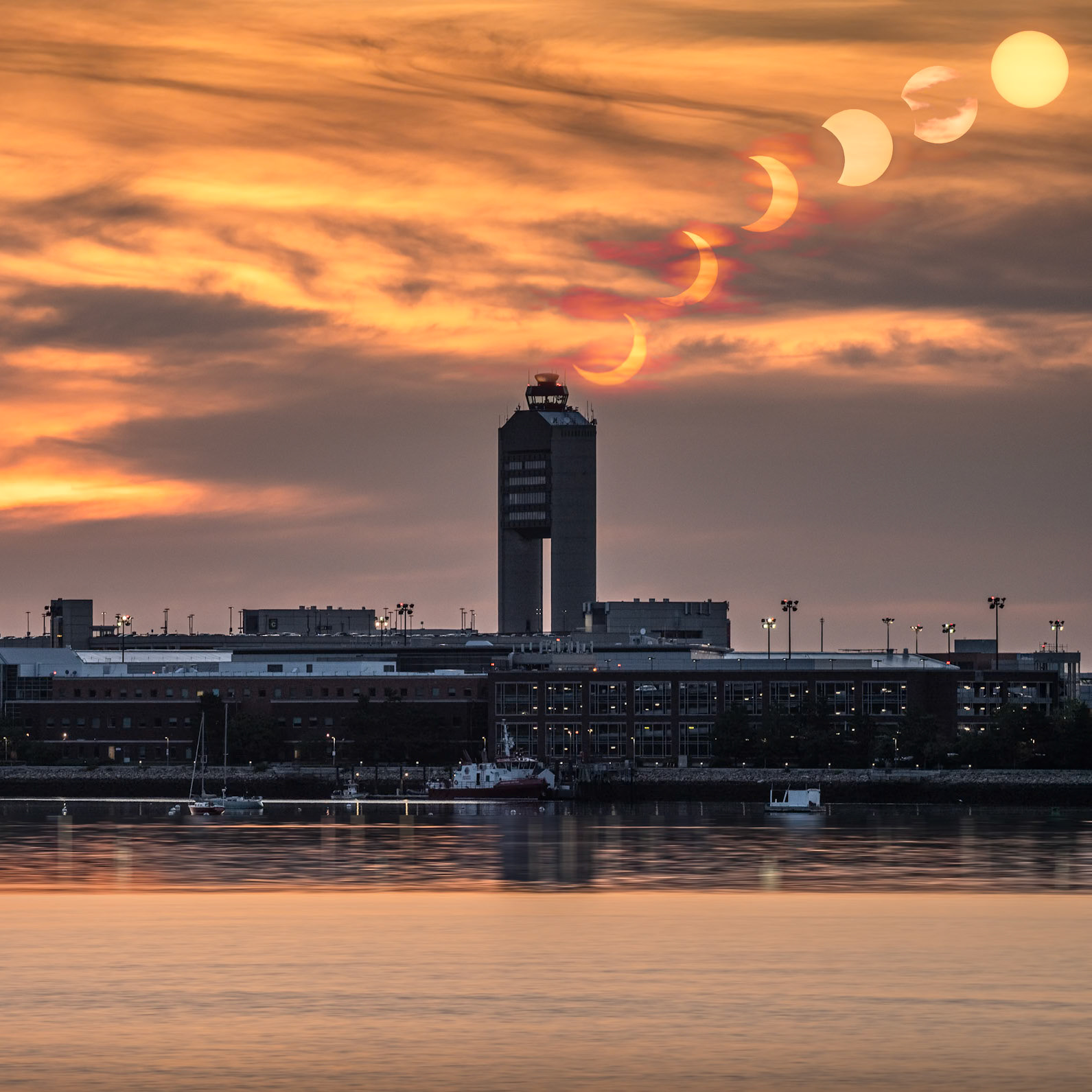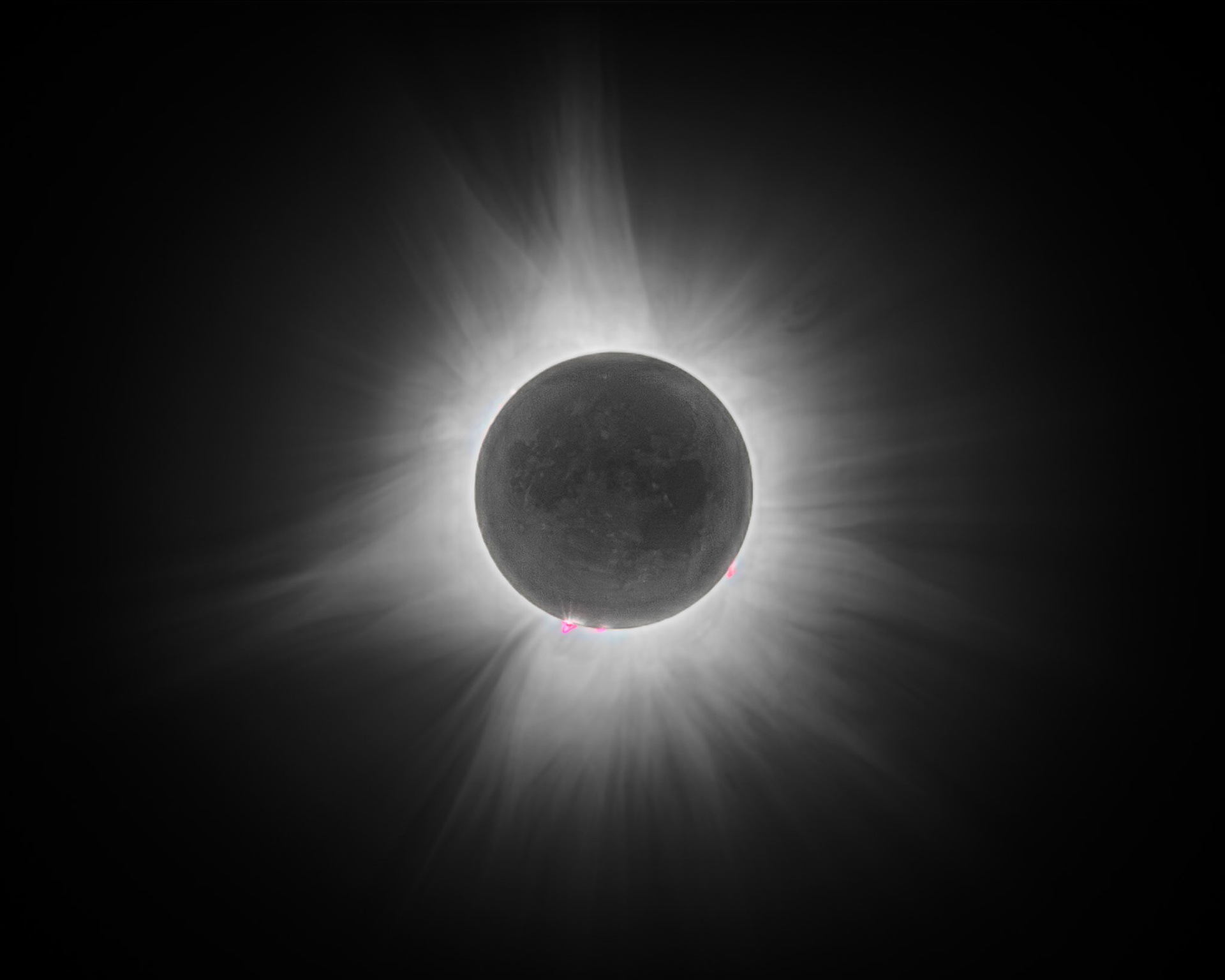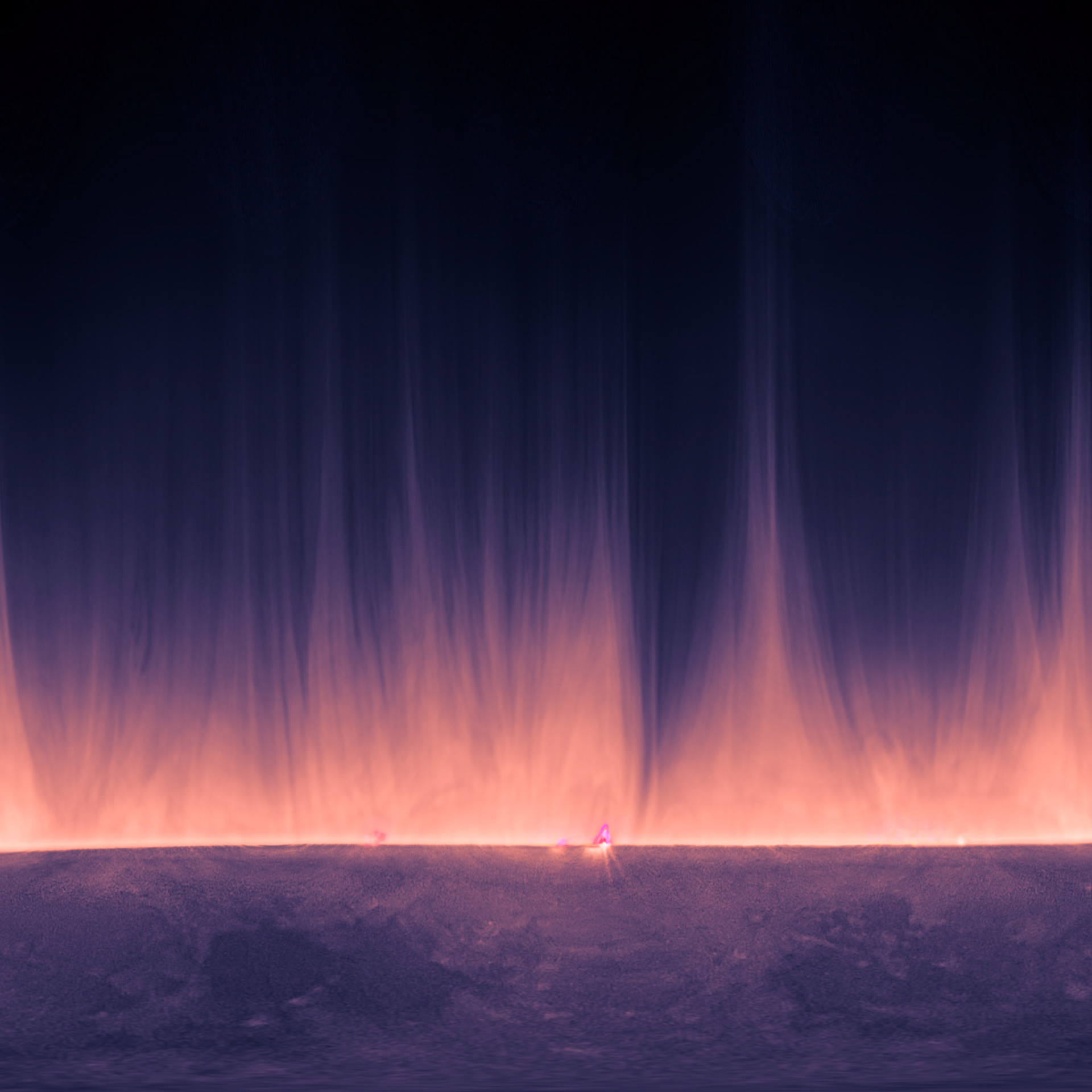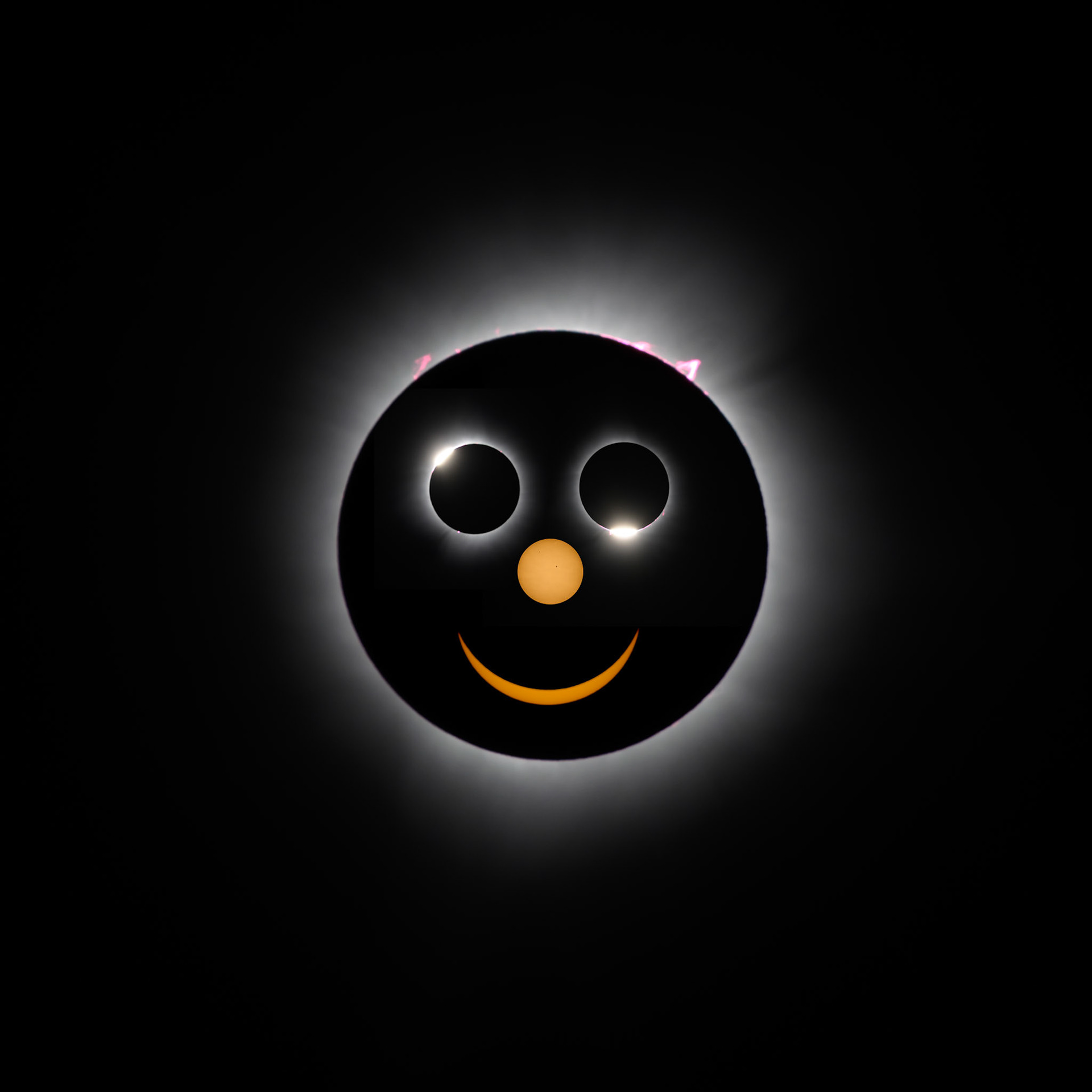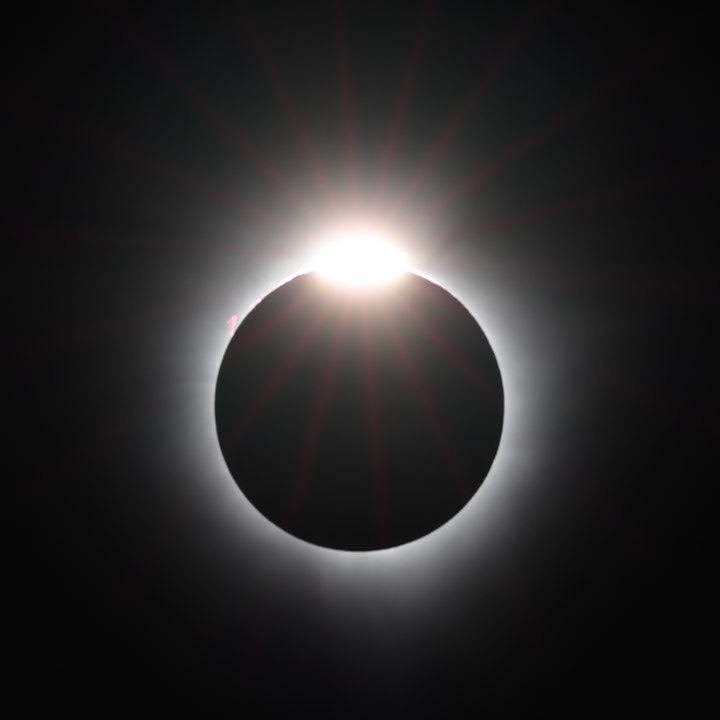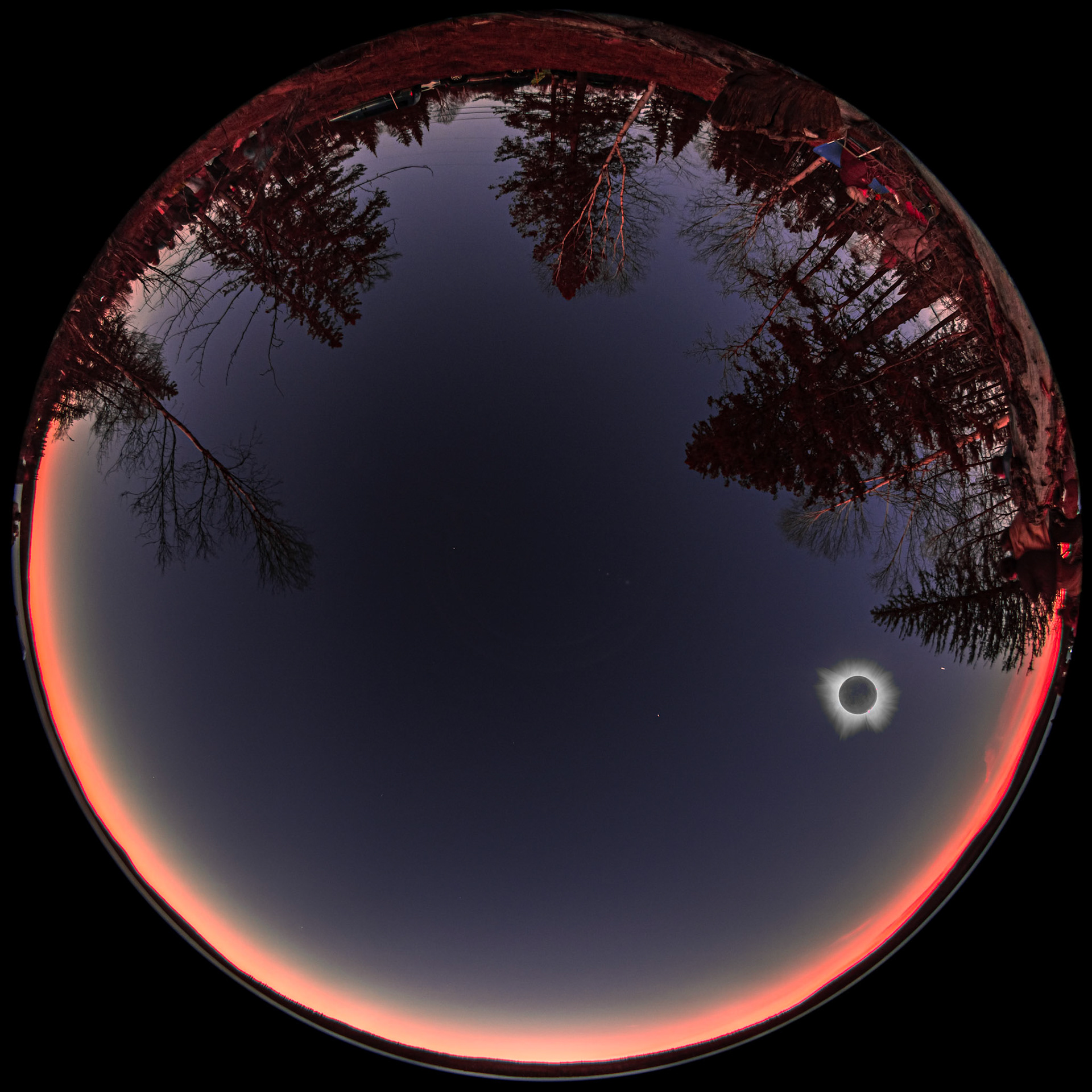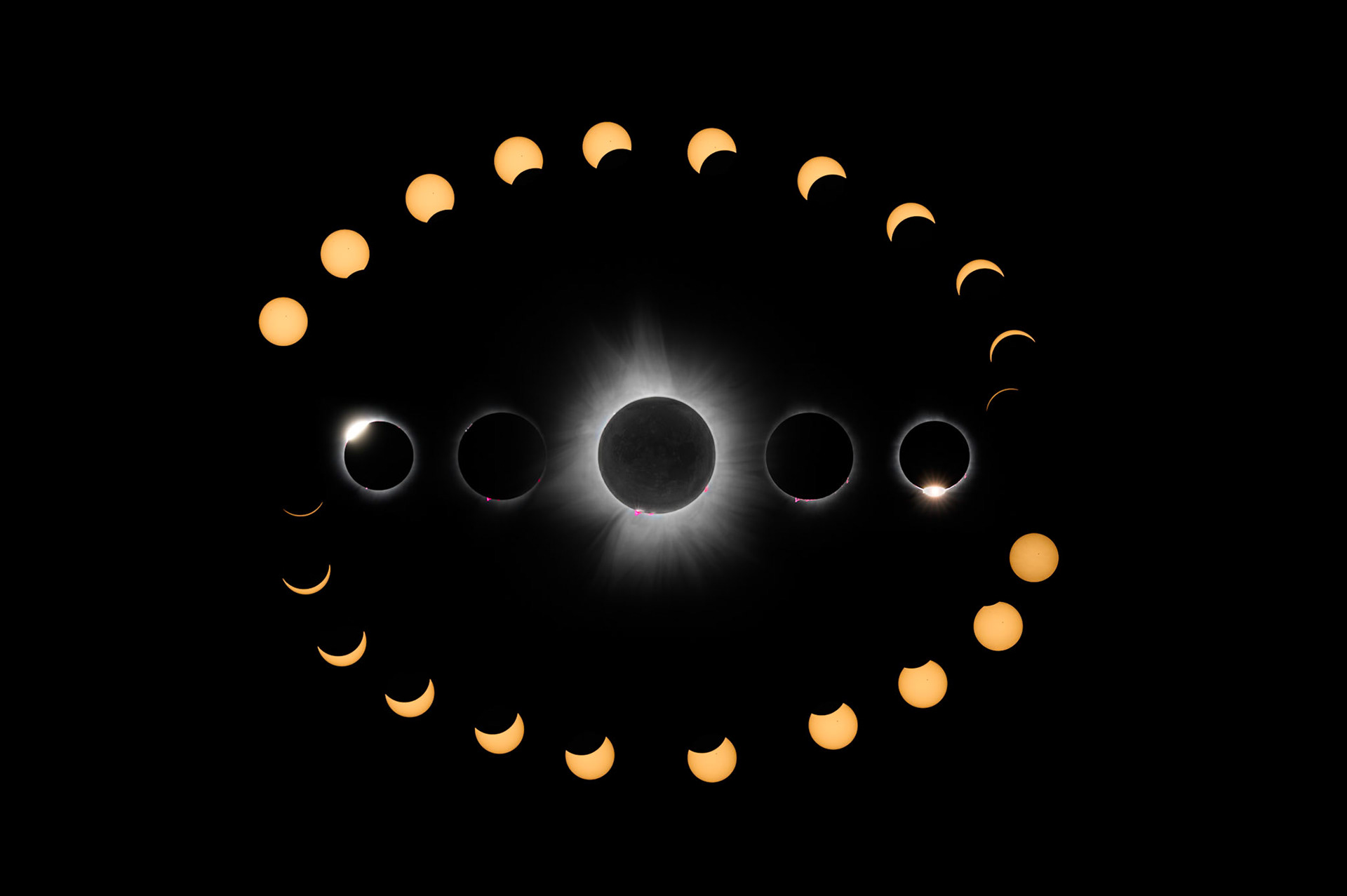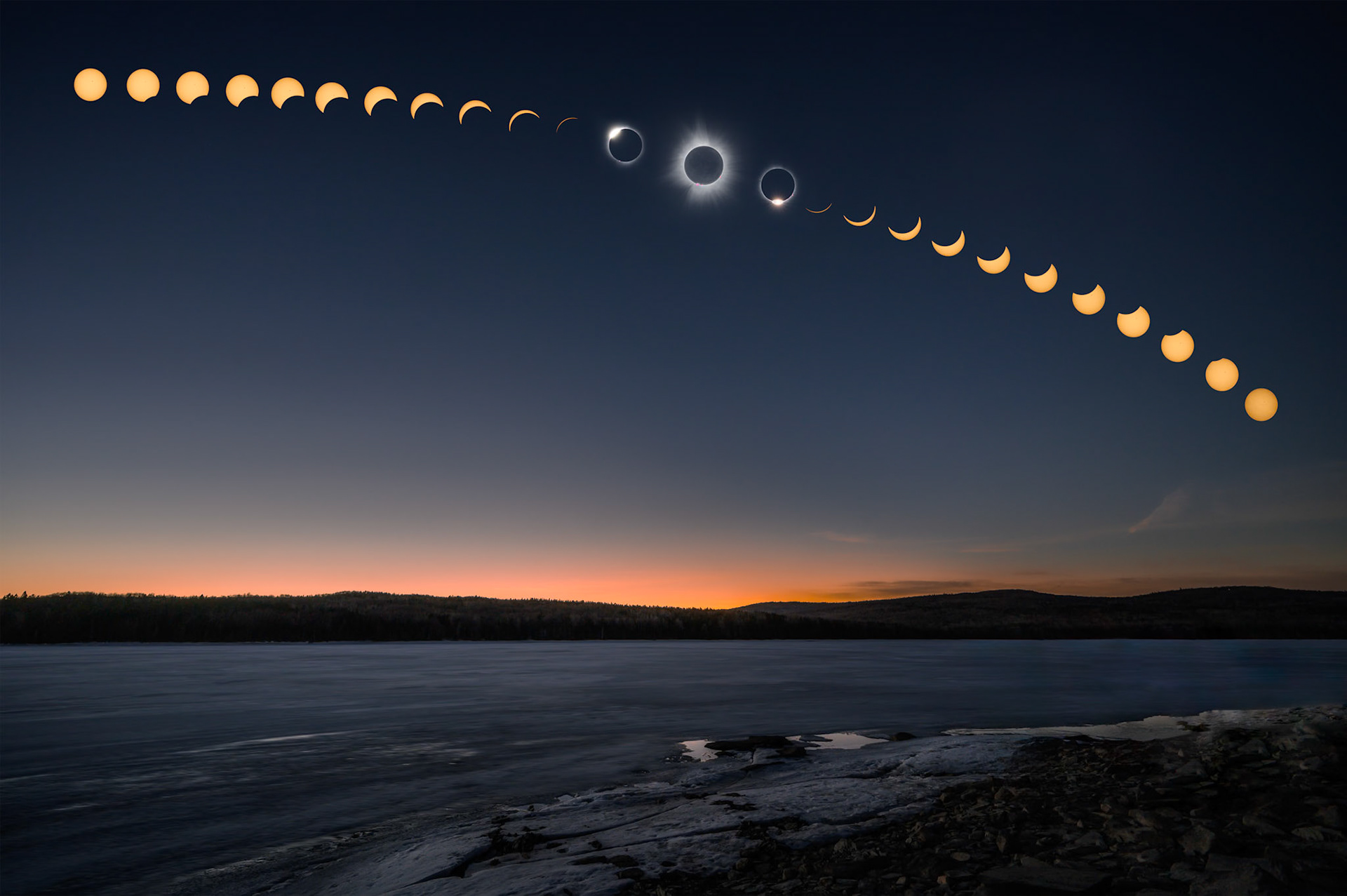A solar eclipse happens if the moon goes right between the sun and our Earth. The moon in the sky is about the same size as the sun, depending on how far away it is from Earth (the moon's orbit is an ellipse). When it is close enough, we see a total solar eclipse, when it is further away, we see an annular eclipse, and if it is not perfectly centered, we see a partial eclipse, where only part of the sun is obscured.
The partial eclipse - when the moon slowly moves in front of the sun - is exciting, especially seeing how the camera records the linear loss of light, but the human eye keeps compensating for it until the very end. Only during the last few minutes do we feel it gets darker. And then, during the last few seconds, darkness suddenly descents, the temperature drops and the wind stops. It is an eerie, yet wonderful experience and seeing the corona come out is just amazing. The light during totality is lovely, as it is not completely dark, more like twilight: dark above, and sunset all around the horizon.
I published a 40 page eBook on how to photograph solar eclipses, you can buy it on my Patreon channel.
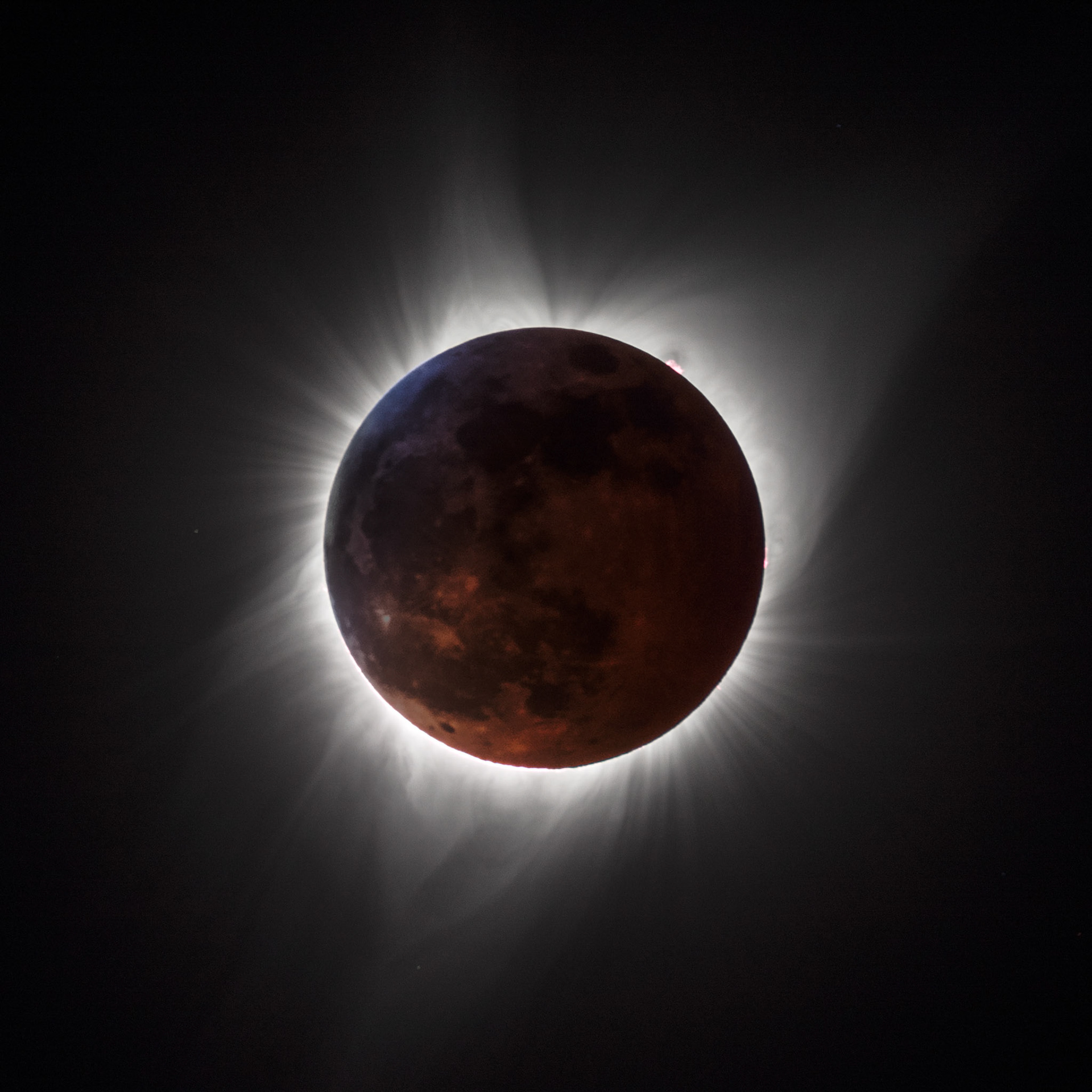
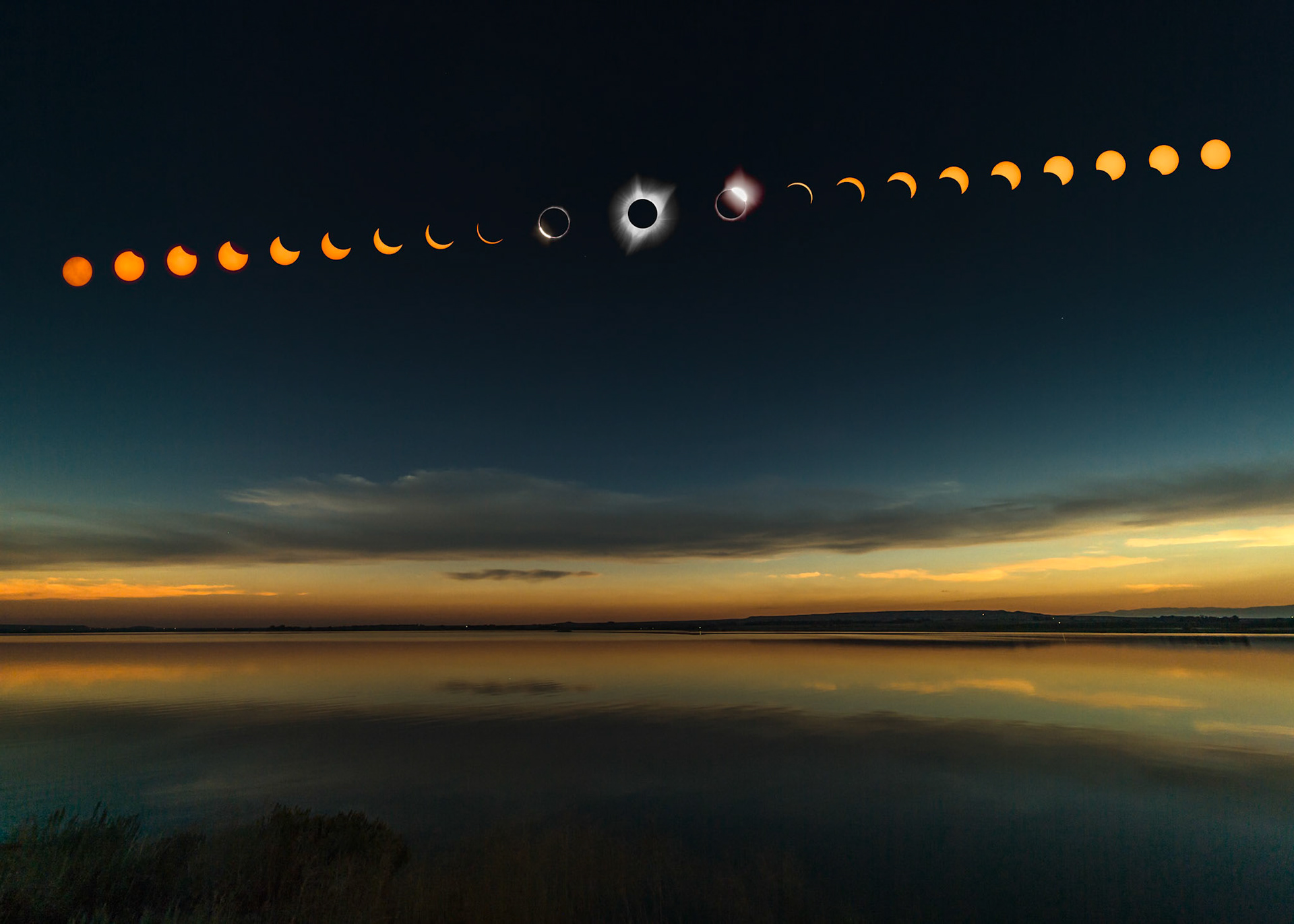
During the 2017 full solar eclipse, outside the sun's shadow, 12 miles away, the clouds and landscape turn orange, as it would during a sunset. That is the half shadow, the area where only a partially eclipsed sun illuminates the landscape.
